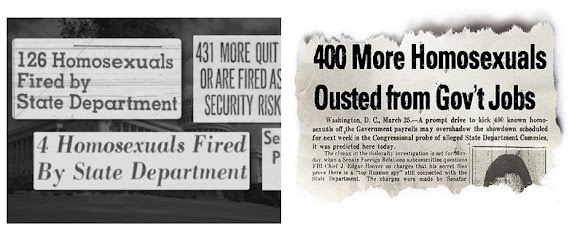November 28, 1898, The first annual convention of the National
Ex-Slave Mutual Relief, Bounty, and Pension Association was held in Nashville,
Tennessee. This association was one of the foremost organizations working on
the idea of gaining at least pensions for former slaves.
In the years immediately following the Civil War before
reconstruction was utterly dismantled there had been many attempts to help freemen
gain some sort of traction for economic stability, such as Sherman’s promise of
the coastal Carolina and Georgia section of land or the infamous “40 Acres and
a Mule,” House Speaker Thaddeus Stevens had attempted in 1867 but it was defeated
and left the majority of freemen and their heirs at the mercy of white supremacists
and Confederate supporters for decades.
The MRB&PA had a dual mission: to petition Congress for
the passage of legislation that would grant compensation to ex-slaves,
particularly elderly ex-slaves, and to provide mutual aid and burial expenses. The
association collected membership fees in order to help defray lobbying costs,
printing/publication expenses, and travel expenses of the national officers.
Monthly dues were reserved for mutual aid purposes (to aid the sick, and the
disabled, and for burial expenses). Ex-slaves and their allies gave their
meager resources to help further the movement because they believed in the
organization's mission. Dedication and charisma characterized the leaders of
the association and enabled them to mobilize the masses.
The Convention elected Callie House, a formerly enslaved
woman from Tennessee, to be assistant secretary of the Association. House
became its leader for the next 20 years.
House explained the political goals of the organization: “If
the Government had the right to free us, she had a right to make some provision
for us and since she did not make it soon after Emancipation she ought to make
it now.”
The MRB&PA under House fought not only for legislation but
also in the courts and with federal agencies. MRB&PA brought a class action
lawsuit against the U.S. Treasury Department in 1915. The suit, which was the
first litigation on a federal level seeking reparations, claimed that the more
than $68 million dollars in taxes collected between 1862 and 1868 on cotton
should rightly go to ex-slaves since it had been produced because of their
“involuntary servitude.” The case was dismissed by the federal appeals court,
and the SCOTUS refused to hear it letting the decision stand.
House and the MRB&PA were targets of harassment by the
treasury and the post office for years and they finally got charges, false
accusations with no evidence, of postal fraud against House in 1916. She was
sentenced to a year in jail at the Missouri State Prison in Jefferson City. She
was released from prison in August 1918, having served much of her sentence,
with the last month commuted.
The MRB&PA and pension/reparation movement pressed for
the passage of pension legislation for over 20 years, but being labeled as
fraudulent—especially by antagonistic federal agencies ended the hope for such justice.
My Face Is Black Is True: Callie House and the Struggle for
Ex-Slave Reparations
Sources:
https://njsbf.org/2020/02/20/250-years-of-seeking-reparations/
https://www.virginiamemory.com/reading_room/this_day_in_virginia_history/may/18
https://hls.harvard.edu/today/justice-for-the-foremother-of-the-reparations-movement/


























